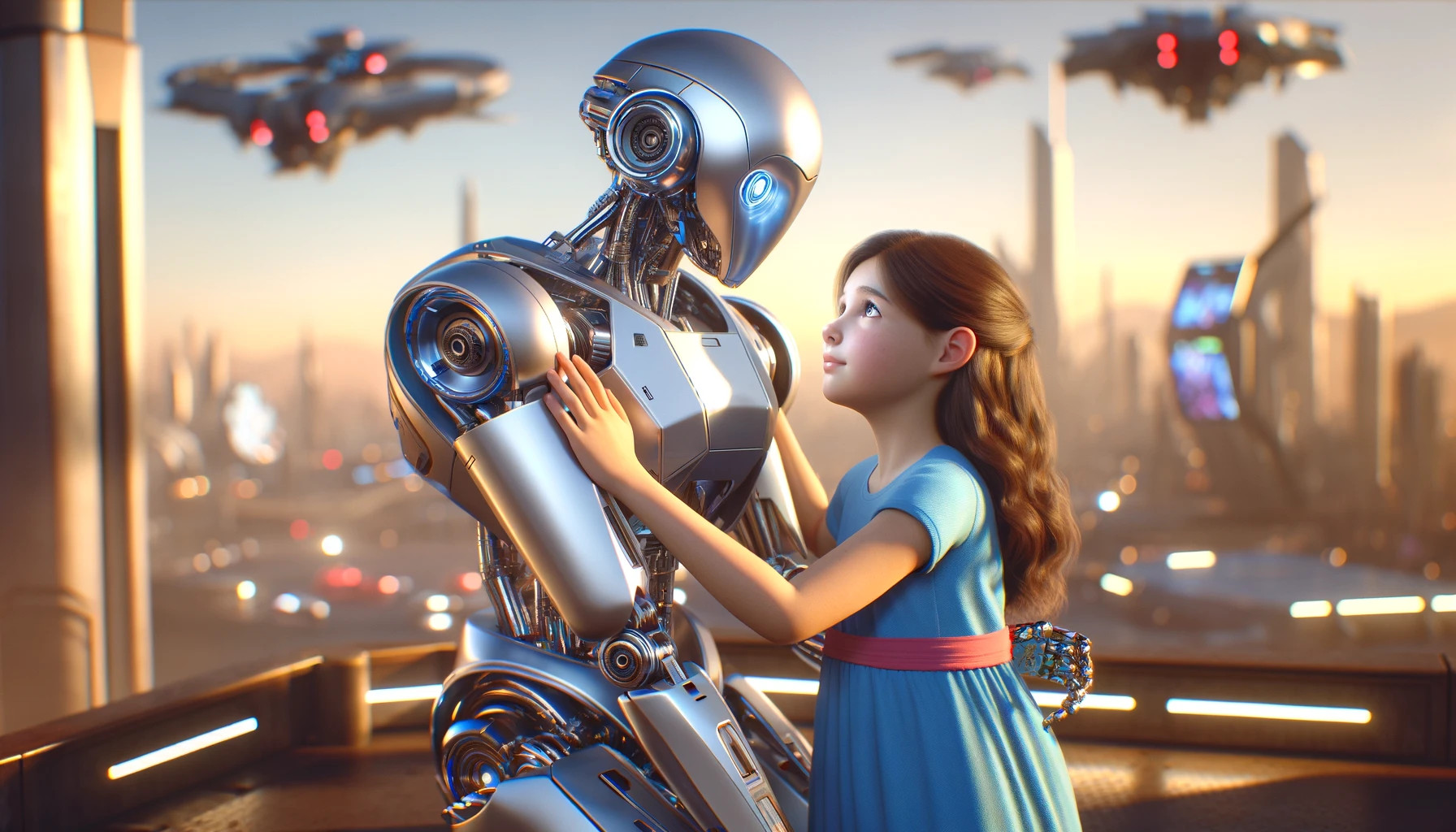Robotics is constantly evolving, blurring the lines between science fiction and reality. One of the most exciting developments in this field is the potential integration of advanced conversational AI, like ChatGPT, into robotic systems. This fusion promises to revolutionize how we interact with robots, making them not just tools but partners in our daily lives.
ChatGPT, developed by OpenAI, represents a leap forward in natural language processing. Its ability to understand and generate human-like text allows for more intuitive and meaningful interactions. By incorporating ChatGPT into robotics, these machines could go beyond performing predefined tasks to understanding and responding to human language in real-time. This capability opens up a plethora of applications, from personal assistants to educational companions, and even healthcare aides.
The integration of ChatGPT in robotics could also significantly impact the way robots are used in various industries. In customer service, for instance, robots could handle a wide range of queries, providing personalized responses and improving customer experience. In education, robots could assist in general teaching and specialist areas like language learning, offering interactive and adaptive experiences. For the elderly or those with disabilities, these robots could offer companionship and assistance, understanding and responding to their specific needs and preferences.
However, the incorporation of such advanced AI into robotics is not without challenges. Key among these is ensuring the ethical use of AI. As robots become more integrated into our personal lives, issues of privacy and data security become paramount. The AI community is actively working on developing guidelines and frameworks to ensure that the use of conversational AI in robotics aligns with ethical standards and respects user privacy.
Another challenge is the technical complexity of integrating AI into physical machines. Robotics involves not just software, but also hardware, mechanics, and electronics. Ensuring that ChatGPT operates seamlessly within this complex system requires sophisticated engineering and ongoing innovation.
The future of robotics, augmented with AI capabilities like ChatGPT, is an exciting prospect. It holds the promise of more interactive, responsive, and helpful robots. As we stand on the brink of this new era in robotics, it’s crucial to navigate the technological challenges and ethical considerations to fully realize the potential of AI-powered robots in enhancing human life. With careful development and responsible implementation, the synergy of AI and robotics could lead us into a future where robots are not just machines, but intelligent companions and helpers in our everyday lives.
